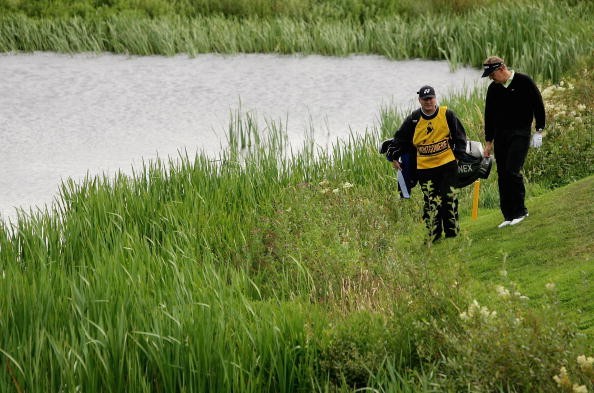The common reed also known as the phragmites australis is a highly invasive grass mostly found in wetland and marshes areas. It tends to spread very quickly in these areas.

What Genomic Bases Drive the Invasive Success of Common Reed?
Common reeds have recently been considered as one of the most important and most studied plants in the world.
These grasses grow up to 12-15 feet tall, three times an average human's height. Their ability to be highly invasive is quite alarming as they are causing havoc in the wetlands in North America.
Keith Clay from Tulane University, and other researchers have been studying the genomic bases responsible for the plant's successful invasion.
Clay said: "It is one of the worst invasive species in wetland habitats of North America, yet provides important ecosystem services in its native European range and in coastal Louisiana, where it is called Roseau Cane and helps hold our threatened coastline in place," as per Phys.org.
Also Read: Poison Hemlock: How to Watch Out For This Deadly Plant Spreading in US
Cultural Uses of Common Reed
Although these grasses are highly invasive and sometimes has the disadvantages of denying fishes nutrients and disrupting plant growth and crop production, these grasses also have some other advantages, especially in different cultural sectors. They can be used as an ornamental plant and also as phytoremediation water treatment.
In the British isles, they are used for roof thatching. Their leaves, roots, seeds, and stems are very edible and can serve as food not just to humans but also to herbivores like cows, horses, sheep, and goats.
They are also highly medicinal and are used for native medicine in china for treatment of different illnesses like cough, high fever, sticky and white phlegm, etc. In the mid west countries, the phragmites australis is flattened and used to produce a small instrument similar to the clarinet called a sipsi.
In some cultures, they can be used to make various using items which include baskets, mats, nets, and sometimes weapons and spears for hunting games. most of these uses has high importance in different countries and cultures in the world
Agricultural Effects of Common Reed
In the 1800s, the European phragmites first appeared in North America after which it grew massively with great speed overthrowing the available native plants and other species of animals living within the marsh. Due to the smothering of native plants, it has caused a great loss in production in the agricultural sector.
Using its first invasion to reveal novel genome characteristics, Clay and his other team found about 65,000 genes which were higher than other grasses.
Clay said: "Combined with previous ecological and environmental data, this adds to our understanding of mechanisms leading to invasiveness and support the development of novel, genomics-assisted management approaches for invasive Phragmites," according to Tulane News.
Related Article: Invasive Species May Beat Climate Change to Extinction of Endangered Plants
For more news, updates about common reed and similar topics don't forget to follow Nature World News!
© 2024 NatureWorldNews.com All rights reserved. Do not reproduce without permission.




![Climate Change is Reducing Dust Levels Worldwide as Arctic Temperature Warms [Study]](https://1471793142.rsc.cdn77.org/data/thumbs/full/70320/280/157/50/40/climate-change-is-reducing-dust-levels-worldwide-as-arctic-temperature-warms-study.jpg)
